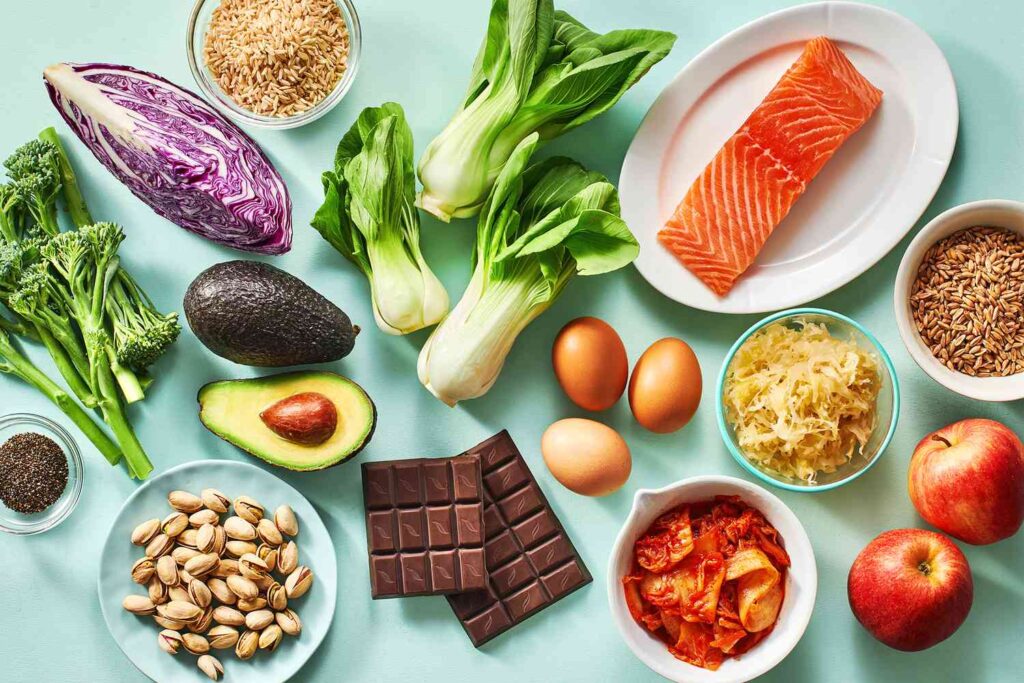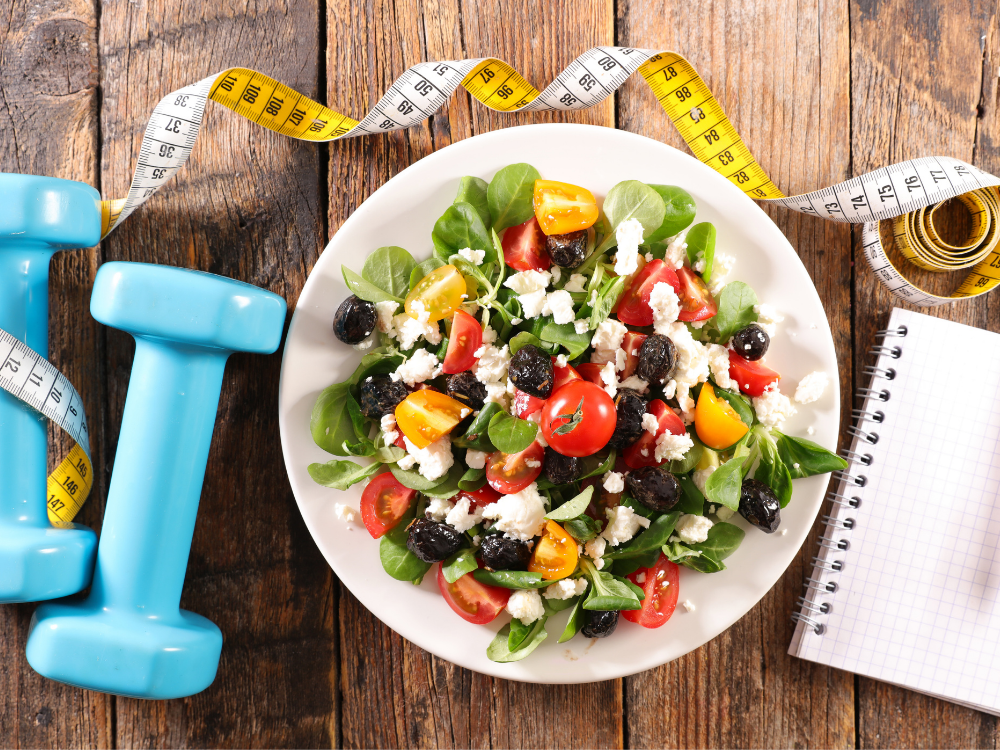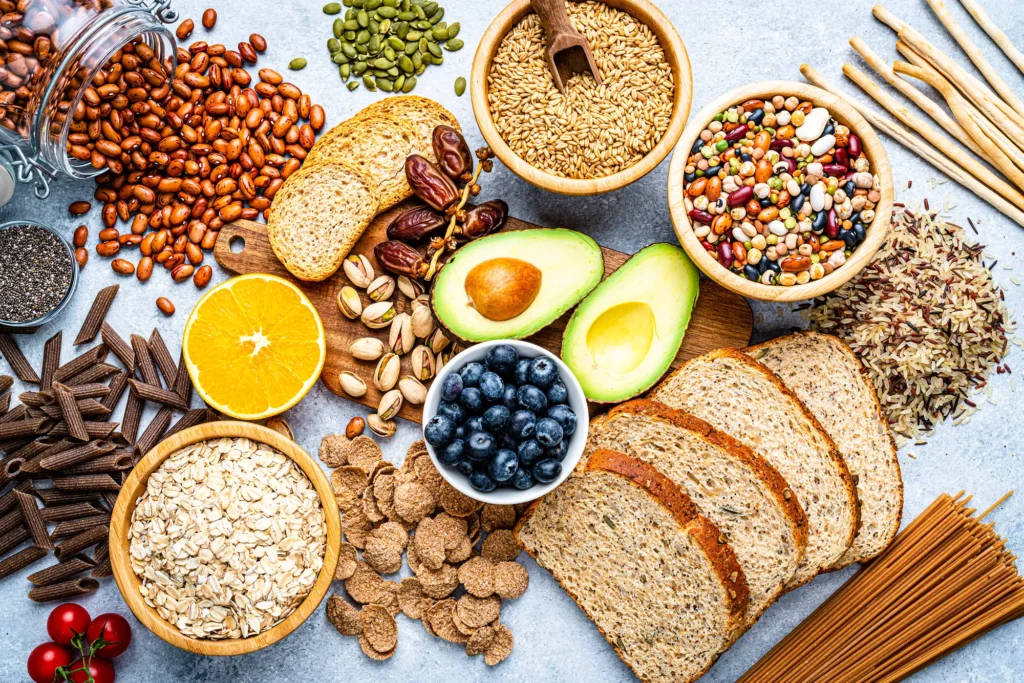Discover portion control tips for weight management that are practical, easy to follow, and fit into your daily routine. Learn how to measure food, avoid overeating, and build a balanced diet while still enjoying your favorite meals. These strategies will help you stay on track, feel full, and reach your health goals without strict dieting. Portion Control Tips for Weight Management—A Complete Guide 2025.
When I first started my weight management journey, I thought the answer was simply eating less. But it’s not just what we eat—it’s how much. Portion control has been the most effective, sustainable method I’ve found to keep my weight steady without feeling deprived. In this guide, I’ll share simple, science-backed techniques that helped me eat smart and enjoy my meals.

Why Portion Control Matters in Weight Management
Portion control works because it naturally helps you manage calorie intake without eliminating your favorite foods. Instead of banning pizza or chocolate, you simply enjoy them in smaller, more mindful amounts. This approach is less restrictive, which means you’re more likely to stick with it long-term. When your plate is balanced and portioned, you feel satisfied while still creating the calorie deficit needed for weight loss.
H2: Understanding the Basics of Portion Sizes
Before I learned about portion sizes, I would fill my plate until it was full, thinking that was “one serving.” The truth is, serving sizes are often smaller than we expect. For example:
- Protein: A serving is about the size of your palm.
- Carbs: A serving is about the size of your fist.
- Fats: A serving is about the size of your thumb.
Knowing these references has been a game-changer for me.
H3: Visual Portion Control Tricks
One of my favorite portion control tips is using visual cues. I started using my hand as a built-in measuring tool. For example, I measure pasta by the amount that fits into a cupped hand and nuts by the handful. Plates matter too—using smaller plates makes my portions look larger, which tricks my brain into thinking I’m eating more than I am.
“Portion control is not about eating tiny amounts—it’s about eating the right amount for your body’s needs.”

H2: Portion Control Tips for Everyday Life
When it comes to weight management, I’ve learned that portion control is more about habits than strict rules. These are the strategies I rely on daily:
- Start with water before meals to reduce hunger.
- Fill half your plate with vegetables for fiber and volume.
- Use smaller plates and bowls to visually increase portion size.
- Pre-portion snacks instead of eating from the bag.
- Eat slowly to give your body time to register fullness.
H3: Controlling Portions at Restaurants
Eating out used to be my downfall for portion control. Now, I ask for a to-go box and pack half my meal before I start eating. I also split large dishes with a friend or order from the appetizer menu. These small adjustments help me enjoy eating out without overdoing it, and they’ve made restaurant dining much less stressful for my weight goals.
H2: How Portion Control Helps Prevent Overeating
The science behind portion control is simple—our bodies often take 15–20 minutes to send fullness signals to our brains. If we eat too quickly or serve ourselves large amounts, we often consume more calories than we need before realizing we’re full. By controlling portions, we create a natural “speed bump” that helps us listen to hunger cues.
H3: Emotional Eating and Portion Sizes
I’ve also noticed that portion control helps with emotional eating. When I’m stressed, I portion a small bowl of comfort food instead of eating directly from the package. This creates a natural stopping point, giving me time to decide if I’m eating from hunger or emotion. It’s not about perfection—it’s about making small, mindful choices.

H2: Table – Quick Portion Control Guide
| Food Group | Portion Size (Approx.) | Visual Reference |
|---|---|---|
| Protein | 3–4 oz | Palm of your hand |
| Carbs | ½ cup cooked | Fist |
| Healthy Fats | 1–2 tbsp | Thumb |
| Vegetables | Unlimited | Fill half your plate |
| Fruit | 1 cup fresh | Baseball |
H2: Mindful Eating—The Secret Partner of Portion Control
Mindful eating has made portion control so much easier for me. Instead of eating while distracted, I focus on the taste, texture, and smell of my food. This slows down my eating and helps me feel satisfied with less. Chewing thoroughly and setting my fork down between bites also prevents overeating without feeling like I’m dieting.
H3: Avoiding Portion Distortion
Portion distortion happens when we get used to oversized servings. For example, bagels today are often twice the size they were 30 years ago. By using measuring cups, kitchen scales, and my hand as a guide, I’ve retrained my brain to recognize a true portion. Over time, my appetite adjusted, and I naturally started craving smaller servings.
H2: Portion Control for Snacks and Treats
One of the most practical portion control tips I follow is pre-packaging my snacks. If I buy a big bag of nuts, I immediately divide them into small containers. This stops me from mindlessly eating more than I planned. With sweets, I keep a “single serving rule”—I enjoy one piece of chocolate or one cookie, savor it slowly, and move on without guilt.

H3: The Role of Fiber and Protein in Portion Control
Fiber and protein are my secret weapons for portion control. Foods high in these nutrients keep me fuller for longer, meaning I can be satisfied with smaller portions. For breakfast, I choose eggs and whole-grain toast instead of sugary cereal. This keeps my appetite in check and makes portion control throughout the day much easier.
H2: Key Takeaways
- Portion control helps manage weight without giving up favorite foods.
- Visual cues like your hand can guide serving sizes.
- Mindful eating supports portion control by preventing overeating.
- Pre-portioning snacks and using smaller plates are effective tricks.
- Fiber and protein increase satiety, making portion control easier.
Conclusion
For me, portion control for weight management isn’t about restriction—it’s about balance. I can still enjoy my favorite foods, but in the right amounts for my body’s needs. By using visual cues, eating mindfully, and pre-portioning meals, I’ve created a sustainable approach to eating that keeps my weight stable without feeling deprived. If you focus on how much you eat, you’ll be amazed at how easy healthy living can feel.
